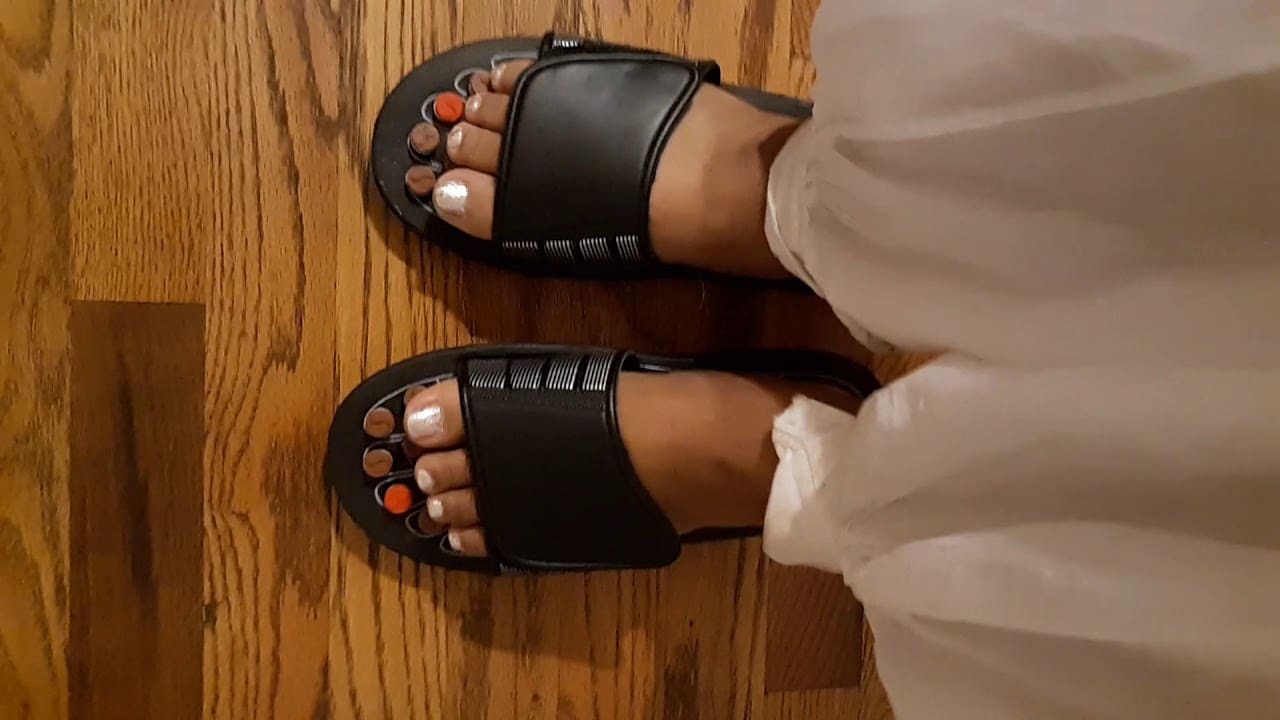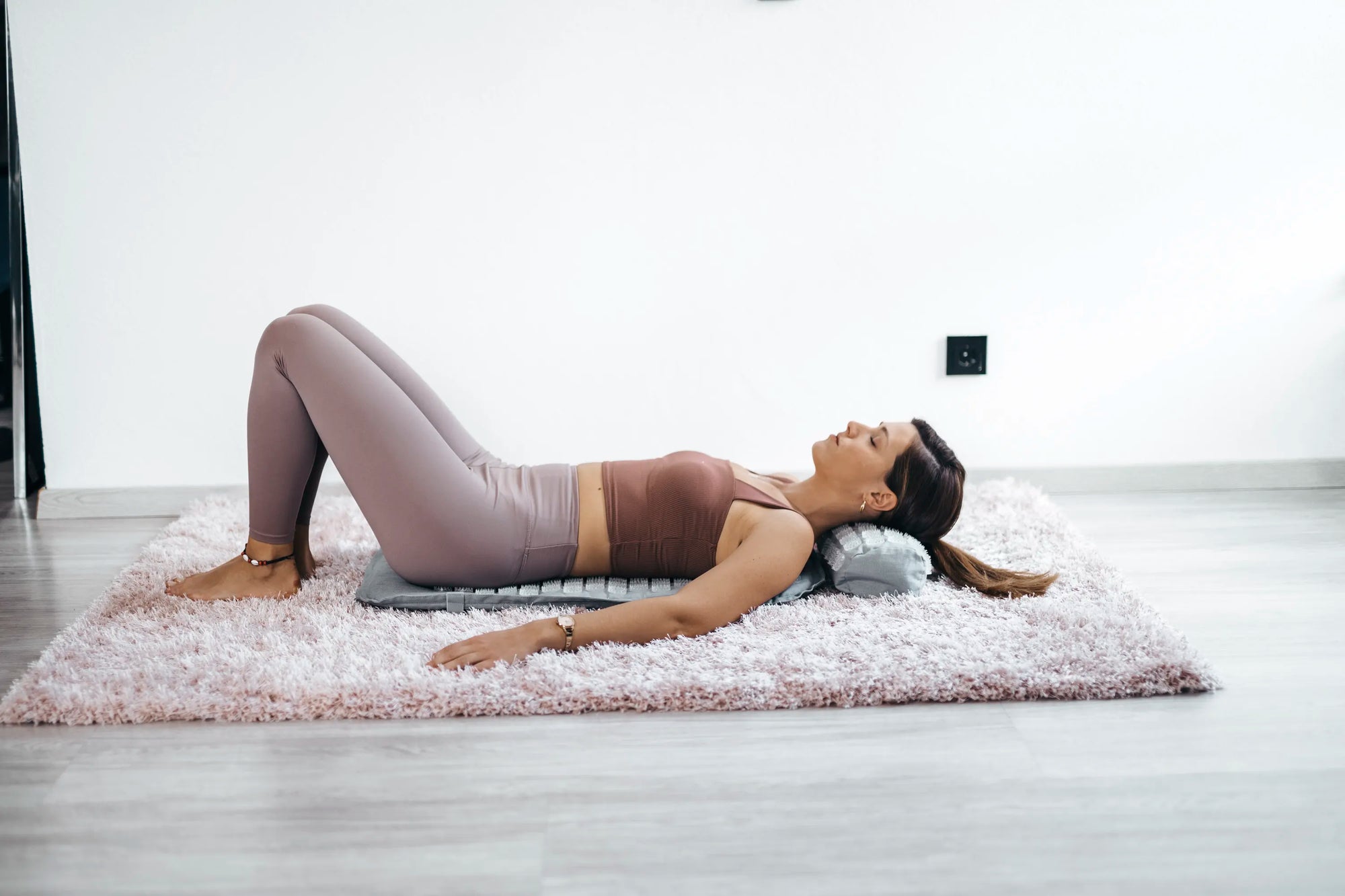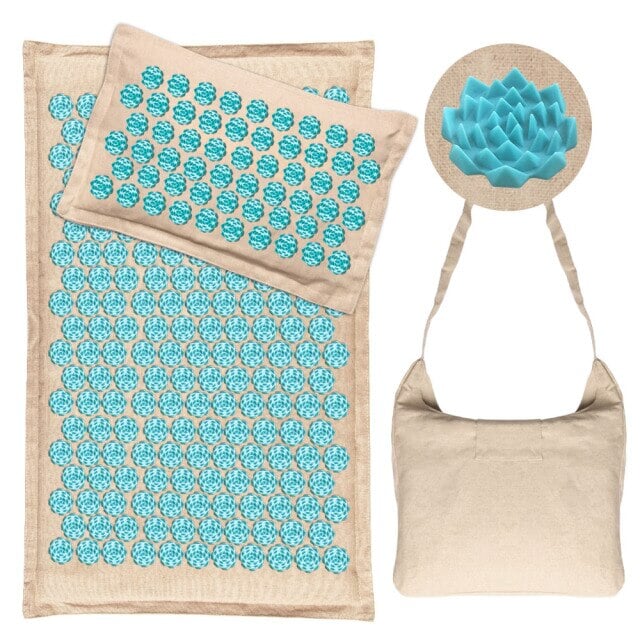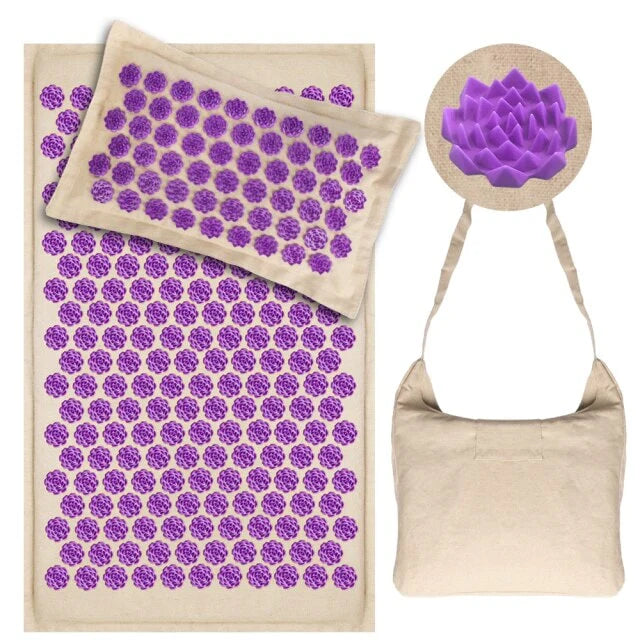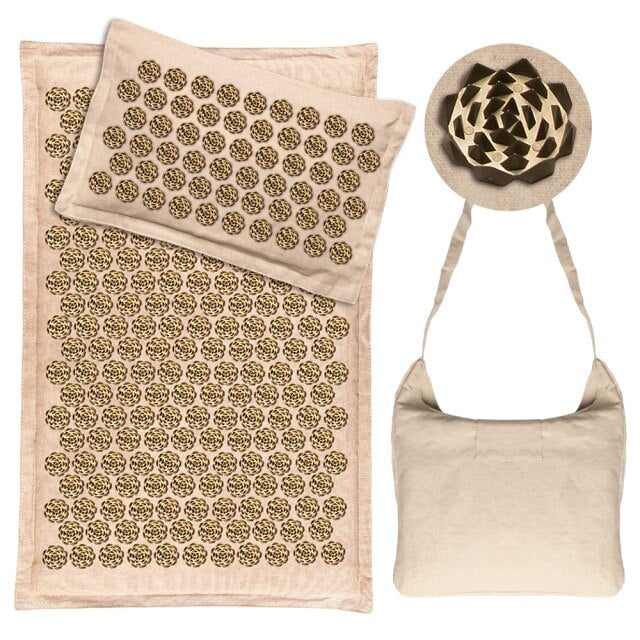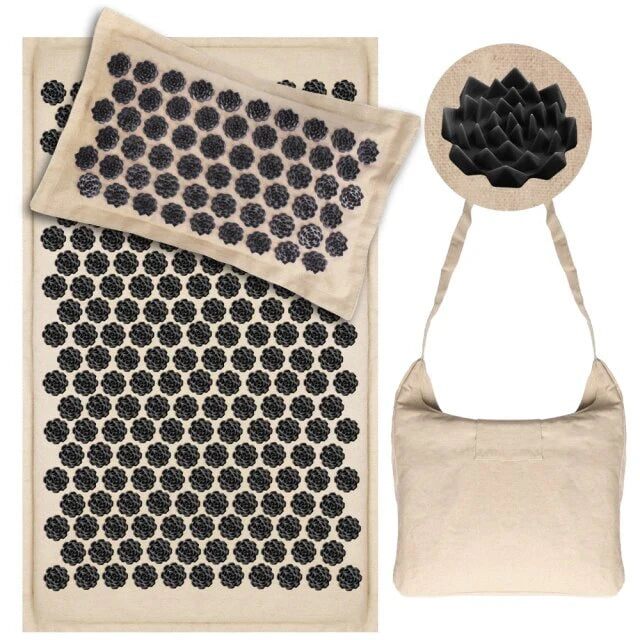La acupresión es una práctica de la medicina tradicional china que se ha utilizado durante siglos para aliviar síntomas como náuseas, dolor y ansiedad. Uno de los puntos de acupresión más comunes y efectivos es el P6, también llamado Neiguan.
Este punto es especialmente conocido por prevenir y tratar las náuseas o los vómitos, incluidos los síntomas relacionados con el mareo por movimiento, el embarazo y las condiciones postoperatorias.
Pero ¿ dónde se encuentra exactamente el punto P6 y cómo estimularlo eficazmente? En esta guía, exploraremos la ubicación exacta, los beneficios y los métodos para estimular este punto clave de acupuntura.
Entendiendo el punto de acupresión P6 (Neiguan)

¿Qué es el punto de acupresión P6?
El punto de acupuntura P6, también conocido como Neiguan, forma parte del meridiano del pericardio en la medicina tradicional china . Se utiliza frecuentemente en tratamientos de acupresión y acupuntura para aliviar náuseas, vómitos y ansiedad.
El punto P6 desempeña un papel fundamental en la regulación del flujo energético corporal y se suele estimular para promover la relajación y reducir la intensidad del dolor. En acupuntura, se utilizan agujas para estimular el punto P6, pero en acupresión, la presión se aplica con el pulgar o los dedos, lo que ofrece una alternativa no invasiva.
¿Dónde está ubicado exactamente el punto P6?
El punto P6 se encuentra en la cara interna del brazo, aproximadamente tres dedos por debajo del pliegue de la muñeca. Para encontrarlo, coloca la palma de la mano hacia arriba y mide tres dedos por debajo del pliegue de la muñeca.
El punto P6 se encuentra entre los tendones del palmar largo y el flexor radial del carpo , en línea con el dedo medio. Presione suavemente el punto con el pulgar para comprobar si siente una ligera sensibilidad; esto indica que ha encontrado la ubicación correcta. Conocer el punto exacto es crucial para una estimulación eficaz.
¿Cómo estimular el punto P6 de forma efectiva?

Realizar autoacupresión en el punto P6
Para estimular el punto P6, aplique una presión firme y constante con el pulgar. Mantenga la presión mientras masajea el punto con movimientos circulares suaves durante dos o tres minutos. El objetivo es presionar con la suficiente firmeza para sentir una sensación leve sin causar molestias.
Respire lenta y profundamente durante el proceso para relajar el cuerpo y potenciar los efectos de la estimulación . Después de completar el proceso en una muñeca, repita la misma técnica en la otra. La práctica regular de esta técnica puede ayudar a mejorar el flujo sanguíneo y reducir los síntomas eficazmente.
Beneficios de estimular el punto de acupresión P6
La estimulación del punto P6 ha demostrado beneficios en el tratamiento de las náuseas, los vómitos y la ansiedad. Una investigación publicada en Anesthesia and Analgesia indica que la estimulación del punto de acupuntura P6 es estadísticamente eficaz para prevenir las náuseas y los vómitos posoperatorios (NVPO).
Los pacientes que recibieron estimulación P6 informaron una reducción significativa de los síntomas en comparación con quienes recibieron un tratamiento simulado. Además, el uso de bandas o pulseras de acupresión , que aplican presión continua en el punto P6, ha demostrado ser beneficioso para reducir el mareo por movimiento y las náuseas matutinas relacionadas con el embarazo sin necesidad de antieméticos.
Usos médicos y eficacia del punto de acupresión P6

Manejo de náuseas y vómitos con estimulación P6
El punto P6 es un punto de acupuntura ampliamente reconocido por su capacidad para reducir las náuseas y los vómitos. Su estimulación puede ayudar a pacientes sometidos a quimioterapia, a mujeres con náuseas matutinas durante el embarazo y a personas que sufren mareos por movimiento.
Una revisión sistemática confirmó que la estimulación de P6 es tan eficaz como los antieméticos para prevenir las náuseas y los vómitos , con menos efectos adversos. La técnica es sencilla, no invasiva y presenta riesgos mínimos, lo que la convierte en una terapia complementaria popular entre pacientes y profesionales sanitarios.
Abordar la ansiedad y el estrés con el punto P6
También se ha demostrado que la estimulación del punto de acupresión P6 reduce la ansiedad y mejora la relajación general. Estudios aleatorizados a ciegas han demostrado que la estimulación P6 ayuda a reducir los niveles de la hormona del estrés y a aliviar los síntomas de ansiedad.
Esta técnica suele recomendarse como parte de un plan integral de salud mental, que incluye terapias como la reflexología y el shiatsu. Al presionar y mantener firmemente el punto P6, las personas pueden experimentar un efecto calmante que les ayuda a gestionar el estrés de forma más eficaz.
Preguntas frecuentes sobre el punto de acupresión P6

¿El punto de acupresión P6 es diferente de otros puntos de acupresión?
Sí, el P6 es único porque está directamente asociado con el alivio de las náuseas, la ansiedad y el dolor. Su ubicación en el meridiano del pericardio lo hace eficaz para controlar estos síntomas. A diferencia de otros puntos de acupuntura que podrían tratar dolores musculares específicos o problemas digestivos, el P6 es versátil para tratar afecciones tanto físicas como mentales.
¿Cómo puedo encontrar el punto P6 en mi muñeca?
Para localizar el punto P6, coloca la palma de la mano hacia arriba y mide tres dedos por debajo del pliegue de la muñeca. El punto se encuentra entre los dos tendones que recorren la parte interna del brazo , alineado con el dedo corazón. Al aplicar una suave presión con el pulgar, deberías notar un punto ligeramente sensible, lo cual indica claramente que has encontrado el punto de acupuntura correcto.
Consejos avanzados para utilizar el punto de acupresión P6

Combinando la estimulación P6 con otras técnicas para obtener mejores resultados
Para obtener mejores resultados, combine la estimulación P6 con ejercicios de respiración profunda o meditación guiada. La respiración profunda mejora el flujo de energía y ayuda a liberar la tensión en todo el cuerpo. Estudios sugieren que combinar la estimulación P6 con técnicas de relajación puede ser particularmente eficaz para reducir los síntomas del mareo por movimiento y las náuseas posoperatorias.
¿Cómo utilizar las pulseras P6 para el mareo por movimiento y el embarazo?
Las pulseras P6 están diseñadas para mantener una presión constante en el punto Neiguan, lo que las convierte en una opción práctica para quienes sufren mareos o náuseas relacionadas con el embarazo . Estas pulseras se utilizan a menudo como medida preventiva y han demostrado reducir significativamente el riesgo de náuseas.
Algunas pulseras avanzadas ahora incorporan estimulación eléctrica, lo que proporciona una aplicación de presión más controlada. Para pacientes con síntomas crónicos, consultar con un médico sobre el uso de estos dispositivos puede ayudar a mejorar la eficacia del tratamiento.
Conclusión: Aprovechar los beneficios de la acupresión P6

Estimular el punto de acupresión P6, o Neiguan, es un método sencillo pero eficaz para reducir síntomas como náuseas, ansiedad y dolor. Localizando correctamente el punto y empleando las técnicas adecuadas, se puede lograr un alivio natural sin depender únicamente de medicamentos.
Ya sea para prevenir el mareo por movimiento, aliviar las náuseas posoperatorias o promover la relajación, el punto P6 ofrece un enfoque versátil para mantener el bienestar . Este método ha sido validado por numerosos estudios y es un excelente complemento tanto para las rutinas de autocuidado como para las prácticas profesionales de la salud.
Preguntas frecuentes

1. ¿Dónde se encuentra el punto de acupresión P6?
El punto de acupresión P6, también llamado Neiguan , se encuentra en la cara interna del antebrazo, debajo de la muñeca. Específicamente, se encuentra a tres dedos del pliegue de la muñeca, entre dos tendones: el palmar largo y el flexor radial del carpo.
Para localizar el punto P6, gire la mano con la palma hacia arriba y mida desde el pliegue de la muñeca hacia el codo. Al presionar en este punto, debería sentir una ligera sensibilidad, lo que indica que ha encontrado el punto correcto.
2. ¿Cómo encuentro el punto P6 en mi muñeca?
Para encontrar el punto P6 en la muñeca, coloque la mano con la palma hacia arriba. Mida tres dedos por debajo del pliegue de la muñeca. El punto se encuentra entre dos tendones de la parte interna del brazo.
Para garantizar la precisión, presione con el pulgar o el índice hasta sentir una ligera sensación debajo de la piel. Esta ligera molestia, si no es dolorosa, confirma que ha encontrado el punto de acupuntura P6 . A algunos pacientes les puede resultar útil un videotutorial para visualizar el proceso de localización y presión del punto P6.
3. ¿Para qué se utiliza el punto P6?
El punto P6 se utiliza para aliviar las náuseas, los vómitos y la ansiedad en los pacientes. Este punto de acupuntura es especialmente eficaz para tratar síntomas como el mareo por movimiento, las náuseas matutinas en embarazadas y las náuseas posoperatorias en personas que se recuperan de una cirugía.
Los estudios explican que la estimulación del punto de acupresión P6 puede ayudar a prevenir las náuseas sin depender únicamente de antieméticos , lo que ofrece un enfoque complementario a los tratamientos tradicionales. Además, las pulseras de acupresión están diseñadas para estimular este punto de forma continua para un alivio continuo de los síntomas.
4. ¿Por qué es efectivo el punto P6 para las náuseas?
El punto P6 es eficaz para las náuseas porque influye en el meridiano del pericardio, que está conectado con las regiones del pecho y el estómago. Estimular este punto de acupuntura ayuda a regular el flujo de energía y a reducir las náuseas.
Investigaciones, incluyendo ensayos controlados aleatorizados, han demostrado que la estimulación del P6 puede prevenir las náuseas y los vómitos en pacientes sometidos a quimioterapia y en recuperación posoperatoria. Una revisión sistemática reveló que los efectos de la acupresión en el P6 eran comparables a los de los fármacos antieméticos, con menos efectos adversos reportados.
5. ¿Cómo aplico presión en el punto P6?
Para aplicar presión en el punto P6, use el pulgar o el índice para presionar firmemente. Mantenga la presión mientras masajea la zona con movimientos circulares suaves durante dos o tres minutos. Debería sentir una sensación leve, sin dolor.
Realizar acupresión en ambas muñecas puede potenciar los efectos generales, y el uso de técnicas de respiración profunda puede mejorar aún más la relajación. Estudios con pacientes a ciegas han confirmado la eficacia de esta técnica en comparación con tratamientos simulados de acupresión.
6. ¿Puedo utilizar pulseras para estimular el punto P6?
Sí, puedes usar pulseras de acupresión para estimular el punto P6. Estas pulseras están diseñadas para aplicar una presión suave y continua en el punto Neiguan, lo que las convierte en una herramienta eficaz para prevenir el mareo por movimiento, las náuseas y las náuseas matutinas en mujeres embarazadas.
Un ensayo controlado aleatorizado reveló que los pacientes que usaron pulseras de acupresión informaron una reducción significativa de los síntomas en comparación con quienes recibieron tratamientos simulados . Las pulseras avanzadas con un dispositivo de estimulación ofrecen resultados consistentes, especialmente en mujeres que se someten a cirugía o quimioterapia.
7. ¿Qué síntomas se pueden aliviar con el punto de acupresión P6?
El punto de acupresión P6 puede aliviar síntomas como náuseas, vómitos, ansiedad y mareos. Se utiliza frecuentemente en terapias complementarias para tratar las náuseas posoperatorias y las náuseas matutinas.
Según estudios, la estimulación del punto P6 ayuda a reducir la necesidad de medicación antiemética de rescate, que suele administrarse a pacientes con náuseas intensas. La estimulación del punto de acupuntura P6 ha demostrado ser eficaz tanto en acupuntura como en acupresión , ofreciendo un método no invasivo para controlar los síntomas relacionados con las náuseas.
8. ¿Cuánta presión debo aplicar en el punto P6?
Al estimular el punto P6, aplique una presión firme pero suave con el pulgar o el índice. Presione el punto de acupuntura con la suficiente firmeza como para sentir una leve molestia, pero sin llegar a ser doloroso. Mantenga la presión de dos a tres minutos , masajeando con movimientos circulares.
Los estudios han demostrado que la aplicación correcta de la presión es clave para lograr los resultados esperados en ensayos clínicos. Si experimenta molestias, reduzca ligeramente la presión para garantizar una experiencia cómoda.
9. ¿Existen riesgos al estimular el punto P6?
Estimular el punto P6 generalmente se considera seguro, pero existen algunos riesgos que conviene tener en cuenta. En personas con piel sensible o ciertas afecciones médicas , presionar demasiado puede causar hematomas o dolor. Es importante consultar con un profesional de la salud si está embarazada o tiene problemas de salud.
Los autores de revisiones sistemáticas observaron que los pacientes analizados en estudios controlados experimentaron efectos adversos mínimos cuando la acupresión P6 se realizó correctamente.
10. ¿Se puede utilizar el punto P6 junto con otros tratamientos?
Sí, el punto P6 puede utilizarse junto con otros tratamientos, como acupuntura, masoterapia y reflexología . Combinar la estimulación P6 con terapias complementarias puede mejorar el alivio de los síntomas en pacientes con náuseas, ansiedad o dolor.
Los profesionales de la salud suelen recomendar el uso de pulseras de acupresión o la autoacupresión en el punto P6 durante la recuperación de una cirugía para controlar las náuseas posoperatorias. Las prácticas basadas en la evidencia respaldan el uso de la acupresión en el punto P6 junto con métodos tradicionales y alternativos.



